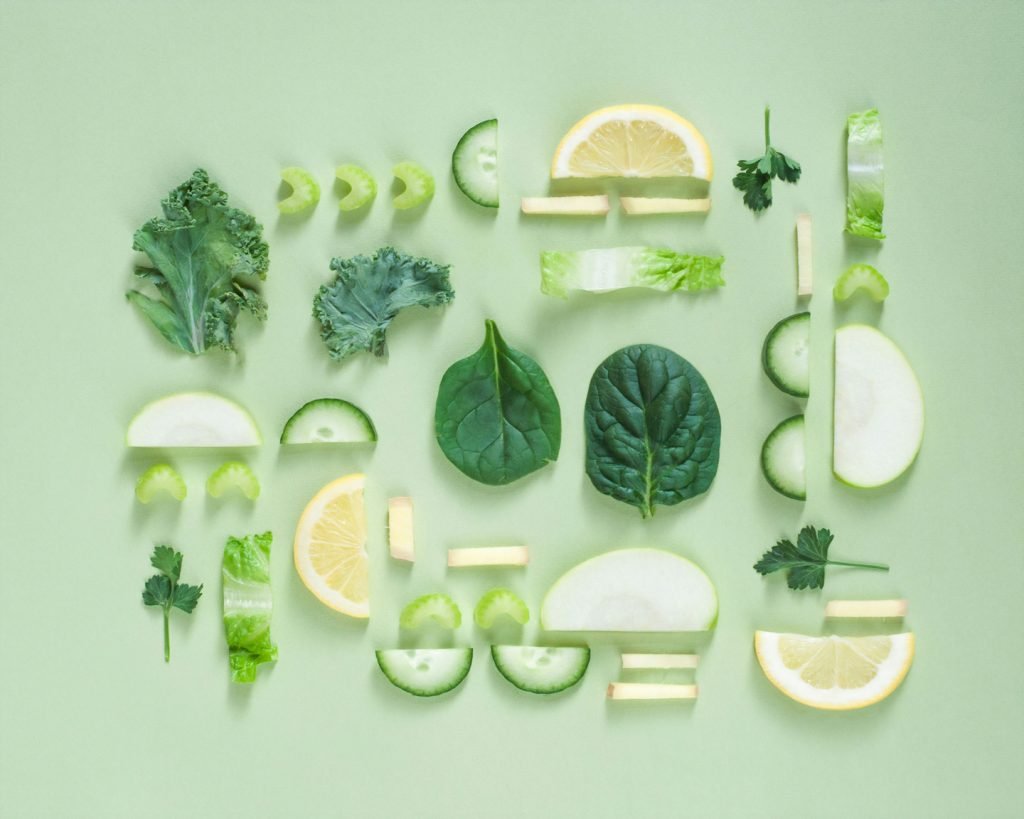A Natural Boost for Managing Symptoms
Living with Postural Orthostatic Tachycardia Syndrome (POTS) often requires a multifaceted approach to symptom management, and one increasingly popular and natural method involves incorporating green juice into your daily diet. This vibrant, nutrient-dense beverage may support hydration, electrolyte balance, and overall wellness—key factors for managing POTS symptoms.
Understanding POTS and Nutritional Needs
In this article, we’ll explore the benefits of developing a green juice habit for POTS, discuss ideal ingredients, and explain how this simple lifestyle change can become a vital part of a comprehensive nutrition strategy.
POTS is a form of dysautonomia that affects blood flow, leading to a wide array of symptoms such as dizziness, fatigue, rapid heart rate, and brain fog—especially upon standing. Nutritional strategies, including a diet high in fluids, electrolytes, and anti-inflammatory nutrients, can help stabilize symptoms.
What is your understanding of your own POTS?
While medical treatment and lifestyle modifications such as increased salt intake, wearing compression garments, and tailored exercise regimens are key components of managing POTS, diet nutrition also plays a crucial role. And that’s where green juice can shine.
Why Green Juice?
Green juice refers to a beverage made primarily from green vegetables and often combined with fruits, herbs, or other nutrient-rich ingredients. Unlike smoothies, green juices are often thinner in texture and easier to digest, delivering a quick and potent hit of vitamins, minerals, and phytonutrients.
Benefits of Green Juice for POTS
Supports Hydration
Proper hydration is critical for POTS patients, especially those with hypovolemic POTS, a subtype characterized by low blood volume. Green juices—typically made with water-rich ingredients like cucumber, celery, and leafy greens—can contribute to daily fluid intake and help maintain blood pressure regulation.

Rich in Electrolytes
Adding ingredients like spinach, kale, celery, and coconut water to your green juice can boost sodium, potassium, and magnesium levels—electrolytes that are essential for heart function, nerve transmission, and muscle health. Many people with POTS need higher sodium intake, and juicing can help sneak in additional electrolytes without processed additives.
Anti-Inflammatory Support
Chronic inflammation can worsen symptoms for many people with POTS. Green juice ingredients like ginger, turmeric, and leafy greens are packed with anti-inflammatory compounds and antioxidants, which may help reduce systemic inflammation and support the immune system.
Easy on Digestion
Green juice is light and fast-absorbing. For individuals with gastrointestinal comorbidities like IBS or gastroparesis—which are common in POTS—it can provide nutrition without digestive stress.
Delivers Essential Micronutrients
Micronutrient deficiencies in vitamins like B12, vitamin D, magnesium, and iron are common in POTS. Green juice can help increase your intake of these and other nutrients critical to nervous system function, energy production, and blood volume support.
Best Ingredients for Green Juice with POTS
To make your green juice truly POTS-friendly, focus on ingredients that hydrate, provide electrolytes, and reduce inflammation. Here are some top choices:
- Spinach or kale – high in magnesium, iron, and antioxidants
- Cucumber – hydrating and rich in silica for tissue repair
- Celery – naturally salty and full of potassium
- Ginger root – aids in digestion and inflammation control
- Turmeric root – strong anti-inflammatory with circulatory benefits
- Parsley – supports kidney function and detox
- Green apple – adds a hint of sweetness and vitamin C
- Lemon juice – helps balance pH and enhance flavor
- Coconut water – rich in potassium and natural sugars
- Sea salt – optional, to boost sodium levels for volume expansion
How to Build a Green Juice Habit
Start Slowly
Introduce green juice into your routine a few times a week. Some people with POTS are sensitive to dietary changes, so track how your body responds to various ingredients and adjust accordingly.
Make It Routine
Consistency is key. Consider drinking green juice in the morning or after physical activity to support circulation and energy. You might also pair it with supplements commonly used in POTS, such as magnesium or CoQ10, for added benefit.
Prep Smart
Prepping your ingredients ahead of time or batch juicing for the week can help you stick to the habit. Store juices in glass containers in the fridge, and aim to consume within 24–48 hours for maximum nutrient retention.

Green Juice Recipe for POTS (Sample)
Ingredients:
- 1 cup spinach
- 2 celery stalks
- ½ cucumber
- 1 green apple
- 1-inch piece of ginger
- Juice of ½ lemon
- ½ cup coconut water
- Pinch of sea salt (optional)
Directions: Juice all ingredients in a masticating juicer or blend in a high-powered blender and strain. Enjoy chilled.
Precautions and Tips
- If you have low blood sugar tendencies, don’t rely solely on green juice as a meal replacement. Add protein or pair it with a balanced snack.
- Consult your healthcare provider before making significant dietary changes, especially if you’re on medication that affects blood pressure or fluid balance.
- Watch oxalate levels if you are prone to kidney stones—some greens like spinach are high in oxalates and should be consumed in moderation or rotated with other vegetables.
Complementing a Holistic Diet Plan
A green juice habit can be a wonderful addition to your overall POTS management plan, but it shouldn’t replace meals or a balanced macronutrient intake. Combine green juice with whole-food meals, healthy fats, adequate protein, and slow-digesting carbohydrates for sustained energy and blood sugar control.
For many people with POTS, symptoms worsen after large meals, making smaller, more frequent meals a preferred approach. Green juice can serve as a light, nutrient-dense snack between meals or as part of your morning hydration ritual.

GnarlyTree | DIET AND EATING
How Your Body pH Levels and Chronic Illness Impact Health & Symptoms
Understanding Body pH Levels Body pH Levels and Chronic Illness symptoms are connected. Maintaining the right body pH levels is crucial for overall health, affecting metabolism, immune function, and energy...
🥬 FAQ: Green Juice for POTS
1. How can green juice help with POTS symptoms?
Green juice supports hydration, electrolyte balance, and nutrient intake—all of which can ease common POTS symptoms like dizziness and fatigue.
2. What ingredients make a green juice POTS-friendly?
Include hydrating, electrolyte-rich, and anti-inflammatory ingredients like spinach, celery, cucumber, coconut water, ginger, and turmeric.
3. Why is hydration so important for POTS?
POTS often involves low blood volume, and staying hydrated helps stabilize blood pressure and improve circulation.
4. Can green juice replace meals?
No, green juice should complement a balanced diet and not be used as a meal replacement—especially for those prone to low blood sugar.
5. Is green juice easy on digestion?
Yes, it’s light and fast-absorbing, making it suitable for people with gastrointestinal issues like IBS or gastroparesis.
6. How often should I drink green juice for POTS?
Start a few times per week and aim for consistency—many find it helpful in the morning or after physical activity.
7. Are there any risks with green juice?
Yes, high-oxalate greens like spinach should be rotated if you’re prone to kidney stones, and dietary changes should be reviewed with your doctor.
8. What nutrients in green juice are especially beneficial for POTS?
Magnesium, potassium, iron, and antioxidants all support nervous system health and cardiovascular stability.
9. Can I batch prep green juice?
Yes—prep ingredients or juice in batches, store in the fridge, and drink within 24–48 hours to retain nutrients.
10. How does green juice fit into a holistic POTS diet?
It complements whole meals, healthy fats, proteins, and slow carbs—especially when eaten as a snack or part of a hydration-focused morning routine.
Conclusion
A green juice habit may not be a cure for POTS, but it can be a valuable part of your daily strategy for supporting hydration, reducing inflammation, and boosting essential nutrients. By tailoring ingredients to your specific needs and integrating green juice into your daily routine, you may notice improvements in energy, mental clarity, and cardiovascular stability.
As always, work with a healthcare provider familiar with dysautonomia to build a nutrition and lifestyle plan tailored to your body. Combined with hydration, salt intake, physical therapy, and proper medical care, green juice may become a vibrant tool in your journey to better health.



